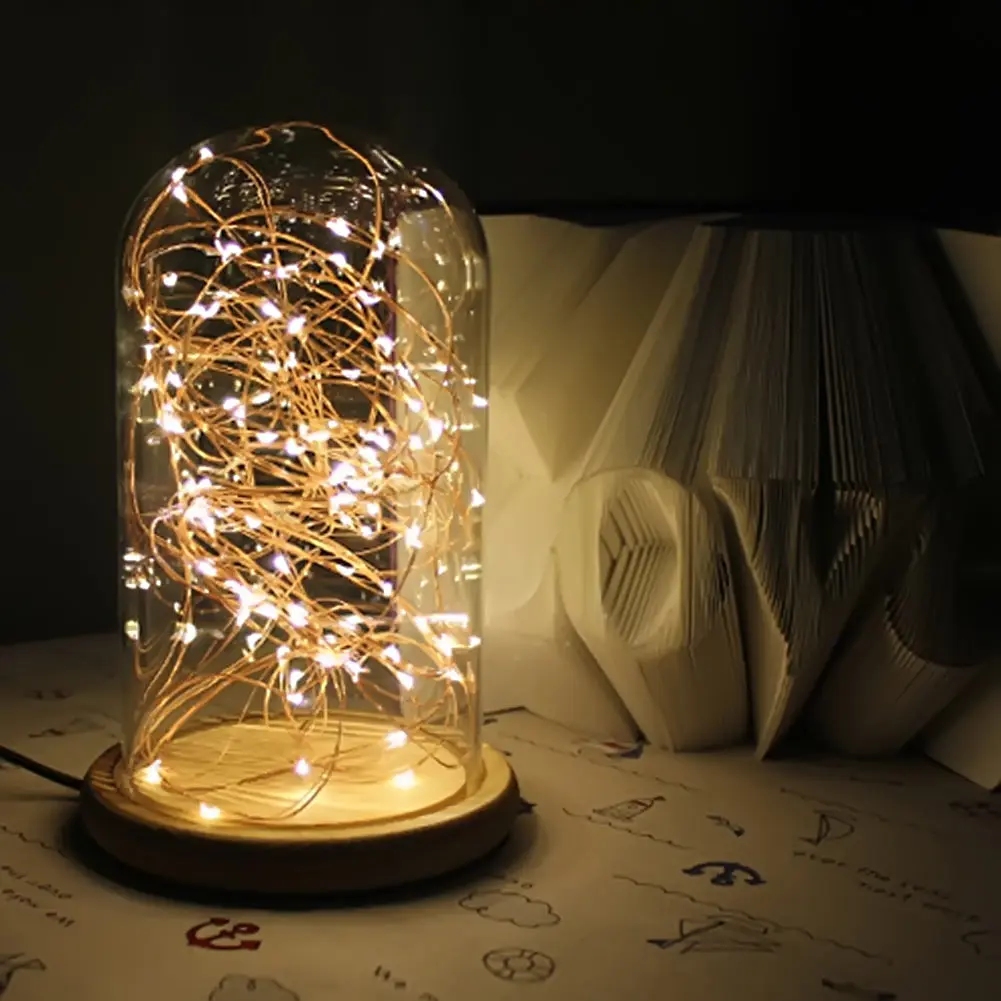
You can use Ubuntu Fonts with operating systems other than Ubuntu by downloading the fonts from Themes
#Lighttable highlight line code#
When I run workshops or other demos I increase the font size to 20, to make the code easier to read from a distance. Then edit the file that opens and add the following line 1 Open the command panel in Light Table with Ctrl-Space and type user behaviors. I use the Ubuntu Mono font for all my editors by adding the following line to my user behaviors The Ubuntu fonts are very clear and easy on the eyes, so are great for coding with. Here are a few of the tweaks and plugins I use for my development with Light Table. With a few tweaks and some of the many plugins you can make Light Table do even more. There is still only one raw file.Light Table provides a great development environment for Clojure, ClojureScript & JavaScript. Note: “duplicating images” only generates a copy of an image’s history stack, stored in another small XMP file. The underlying duplicate will remain unchanged. Now, whenever you open the image group again in the darkroom, only the group leader will be altered.

If you have just finalized an image and want to protect its current version, simply select the image, click “duplicate” in the selected images panel, and make sure that grouping is switched on and that the group is collapsed. Image groups are also a convenient way to protect an existing history stack against unintentional changes. by double-clicking on the thumbnail), the group leader image will be opened for developing. If you collapse an image group and then enter darkroom mode (e.g. The current group leader is shown in a tooltip when you hover over the group icon of an image. The group icon is shown only if grouping mode is enabled, so to change the group leader, you need to first enable grouping, expand the appropriate group and finally click the group icon of the desired “group leader” image. You can define which image is considered to be the group leader by clicking on the group icon of the desired image while that group is expanded. This frame surrounds all images in the group. If you then expand another group, the first group collapses.Īn expanded group in the filemanager mode of lighttable view is indicated by an orange frame that appears as soon as your mouse pointer hovers over one of the images. If you press the group icon in the group leader’s thumbnail, that group is expanded (click a second time to collapse). If grouping is on, the images in a group are represented by a single thumbnail image (the group leader). If grouping is off, all images are displayed as individual thumbnails.

This icon also appears as a button, in the top panel of the lighttable view, that can be used to toggle grouping on and off. Thumbnail overlays can be enabled by selecting the star icon in the top panel. Note that this icon is only shown when “overlays” are displayed on image thumbnails. Images that are members of a group are denoted by a group icon IMG_1234.CR2 and IMG_1234.JPG), those images automatically form a group. Similarly, if you import multiple images from the same directory, having the same base name, but different extensions (eg. Likewise, you can remove selected images from a group by clicking the “ungroup” button, or pressing Ctrl+Shift+G.ĭuplicated images are automatically grouped together. You can combine images into a group by selecting them and clicking the “group” button in the selected image(s) module, or by pressing Ctrl+G. Grouping images helps to improve the structure and clarity of your image collection when displayed in the lighttable view.


 0 kommentar(er)
0 kommentar(er)
